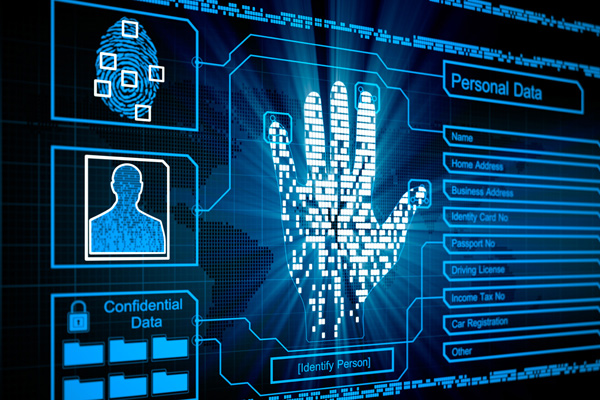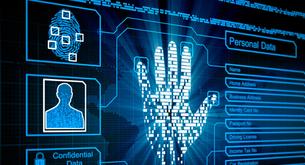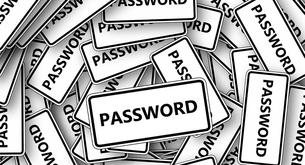Biometric: definition and types
Have you ever heard about biometric term? This techonology can be used for a wide variety of applications. Would you like to know more about it?

Definition of Biometric
Biometric is related to human characteristics. We can define this term as:
'The measurement and statistical analysis of people's physical and behavioral characteristics'.
The mainly use of this technology is for identification and access control, or for identifying individuals that are under security. The original term is derived from the Greek words "bio" meaning life and "metric" meaning to measure.
There are lots of applications in this field and many companies provide this applicable identity solution. Here you have a list:
- Biometric Security
- Border Controls/Airports
- Consumer Biometrics
- Financial Biometrics
- Healthcare Biometrics
- Mobile Biometrics
- Time and Attendance
Types of Biometric
Take a look to these examples that are used nowadays, maybe you think that this techonology only appears in the movies.
1.- Chemical Biometric
- DNA Matching
The identification of an individual using the analysis of segments from DNA.
2.- Visual Biometric
- Ear
The identification of an individual using the shape of the ear.
- Eyes - Iris Recognition / Retina Recognition
The use of the features found in the iris to identify an individual. For Retina recognition, this tech use the veins in the black of the eye.
- Face Recognition
The analysis of facial features or patterns for the authentication or recognition of an individuals identity. Most face recognition systems either use eigenfaces or local feature analysis.
- Fingerprint Recognition
The use of the ridges and valleys (minutiae) found on the surface tips of a human finger to identify an individual.
- Vein Recognition
Vein recognition is a type of biometrics that can be used to identify individuals based on the vein patterns in the human finger or palm.
3.- Visual/Spatial Biometric
Finger Geometry Recognition
The use of 3D geometry of the finger to determine identity.
4.- Behavioural Biometric
- Gait
The use of an individuals walking style or gait to determine identity.
- Hand Geometry Recognition
The use of the geometric features of the hand such as the lengths of fingers and the width of the hand to identify an individual.
- Typing Recognition
The use of the unique characteristics of a persons typing for establishing identity.
5.- Olfactory Biometric
- Odour
The use of an individuals odor to determine identity.
6.- Visual/Behavioural Biometric
- Signature Recognition
The authentication of an individual by the analysis of handwriting style, in particular the signature.
7.- Auditory Biometric
- Voice - Speaker Verification / Authentication
The use of the voice as a method of determining the identity of a speaker for access control.
- Voice - Speaker Identification
Identification is the task of determining an unknown speaker's identity.
Source: Biometric Institute
Related news





